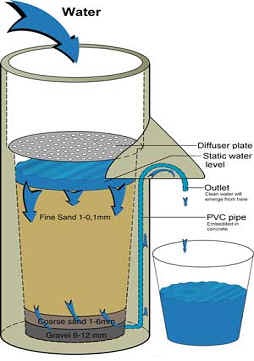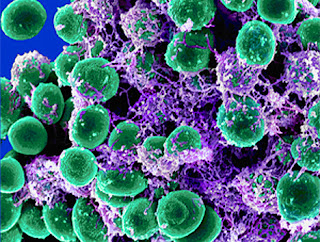
Avoid These Mistakes When Adding Sand in Koi Pond: Tips and Tricks for A Healthy Pond Environment
Why Sand in Koi Pond Is Important
A koi pond is one of the most serene and delightful features you can add to your garden. It serves as a stunning focal point and allows you to enjoy the beauty of nature right at your home. Keeping a koi pond clean, healthy, and beautiful can be quite a challenge, but the rewards are totally worth it.
Sand plays a vital role in maintaining the proper balance of your koi pond ecosystem. It acts as a natural biological filter that helps keep the water clear while creating a suitable habitat for beneficial bacteria and microorganisms. Moreover, sand also provides a natural-looking substrate that creates a stress-free environment for your koi fish.
Mistakes to Avoid When Adding Sand in Koi Pond
While sand can be a great addition to your koi pond, certain mistakes can have serious consequences if you’re not careful. Here are some mistakes to avoid when adding sand in your koi pond:
Using the Wrong Type of Sand
When adding sand to your koi pond, it’s important to use the right type of sand that won’t harm your fish or plants. Avoid using construction sand or beach sand, as they may contain harmful chemicals and toxins that can damage your pond’s ecosystem. Instead, choose a natural river sand or aquarium sand that’s safe for your koi fish and aquatic plants.
Not Rinsing the Sand Before Adding It
Rinsing the sand before adding it to your koi pond is crucial to remove any debris, dust, or impurities that may have accumulated during transportation and storage. Failure to rinse the sand may cause cloudiness and turbidity in the water, making it difficult for you to monitor the health and wellbeing of your koi fish and aquatic plants.
Adding Too Much Sand at Once
Adding too much sand at once can be overwhelming for your pond’s ecosystem, leading to imbalances and fluctuations in water chemistry. It’s best to add sand gradually in small amounts, allowing your fish and plants to adjust to the new environment slowly. This will prevent stress and shock caused by sudden changes in water chemistry, temperature, and pH levels.
Not Monitoring the Sand Bed Regularly
Regular monitoring and maintenance of the sand bed are essential to keep your koi pond healthy and thriving. Accumulation of debris and dirt can quickly clog the sand bed, reducing its effectiveness as a biological filter and increasing the risk of harmful toxins and ammonia buildup. Be sure to check the sand bed regularly and perform water tests to ensure that the water is clean and clear.
Tips and Tricks for Adding Sand in Koi Pond
Now that you know what mistakes to avoid when adding sand to your koi pond, here are some tips and tricks to help you create a healthy and beautiful pond environment:
Choose the Right Amount of Sand
The amount of sand you need for your koi pond depends on the size and depth of your pond. As a general rule, the sand bed should be at least three inches deep and cover the entire bottom of the pond. However, be sure not to add too much sand, as it can reduce the volume of water in your pond, making it difficult for your fish to swim properly.
Prevent Erosion and Sediment Accumulation
Adding sand to your koi pond can help prevent erosion and sediment accumulation, especially during heavy rainfall and storms. Installing a protective underlayment layer beneath the sand bed can provide an extra layer of support and prevent the sand from shifting or sliding. This can also help to protect your pond liner and prolong its lifespan.
Keep the Sand Bed Clean
Regular cleaning and maintenance of the sand bed are essential to keep it performing optimally as a biological filter. You can use a pond vacuum or a siphon to remove debris and dirt that may have accumulated on the sand bed. Be sure not to disturb the sand bed too much during cleaning to prevent disrupting the beneficial bacteria and microorganisms that live there.
Monitor Water Quality Regularly
Monitoring the water quality of your koi pond regularly is essential to ensure that it’s healthy and thriving. You can use a test kit to check the pH levels, ammonia levels, and other parameters that affect the water quality. This can help you detect any issues early on and take corrective measures before they escalate and cause harm to your koi fish and aquatic plants.
Conclusion
Adding sand to your koi pond can create a more natural and beautiful environment for your fish and plants while providing essential benefits for your pond’s health and wellbeing. However, it’s important to avoid certain mistakes and follow some tips and tricks to ensure that your sand bed is performing optimally as a biological filter and enhancing your pond’s ecosystem. Keep your pond clean, healthy, and beautiful, and enjoy the rewards of a serene and peaceful oasis right in your backyard.





